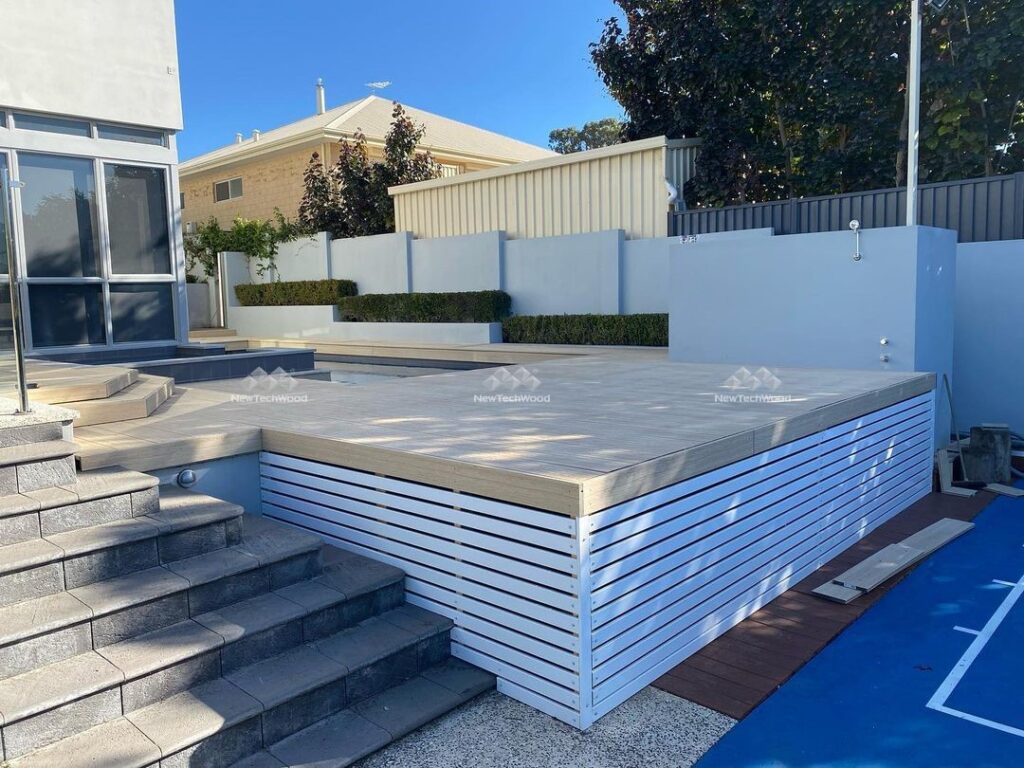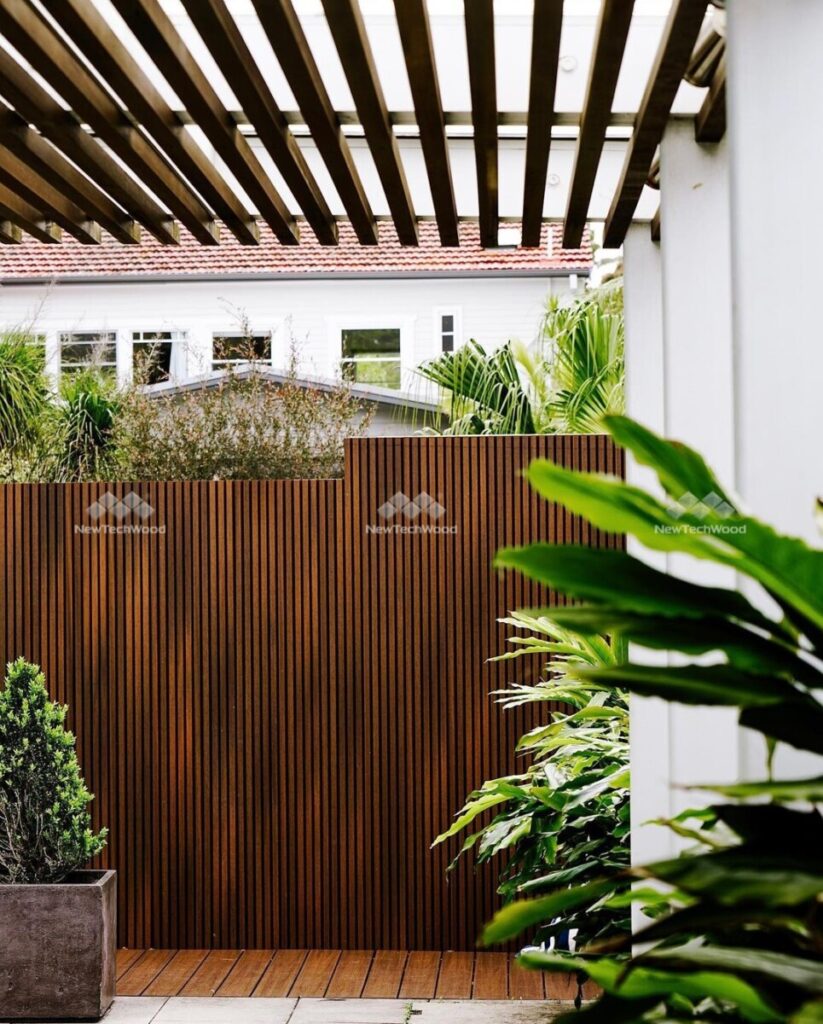News
What To Do if Static Is Affecting Your New Composite Deck
Static electricity can occur on composite decking, all brands – including NewTechWood – its prone to occur in dry climates (like Australia) where low level humid air combines with dust particles on the deck surface.
There is no simple answer as to why some composite decks generate more static than others:
- Location
- Climate
- Capped composites
- The amount of time people spend on the deck are all potential factors that can have an impact.
In Australia, we have had a small handful of calls regarding static issues over the past 7 years, and there is no common link between them.
We do know that the static issue does resolve over time, but it is important to know that this phenomenon with composite brands, including NewTechWood, is not covered by Warranty.

The static phenomenon is easily explained on ACL Staticide website:
“… insulating materials such as plastic composites are often used. The peculiarity about insulating materials is that they hold in electrostatic charge, until electrons get excited by friction, and static is then transferred onto another object.
“Typically, the manner in which a person walks, e.g. scuffing and friction of the shoes against the floor, or the action of brushing against furniture, even sitting and rising from seats are ways in which people on decks get electrostatically charged.
“If a body becomes charged, then it only is a matter of time until it discharges onto a grounded source such as a railing, a doorknob, or another body as they come in contact.”
What Can Help You Minimise Static on Your Deck?
If you have static, there are three main options that will possibly alleviate the issue while you wait for it to wear off:
1. Use a Heavy-Duty Staticide Product
This works well; however, it will only give protection for 6 – 8 months and if the problem still exists you simply reapply.
This just involves SPRAYING your deck with the Staticide (which comes in a ready-to-use spray bottle) – no brushwork, rubbing, etc. required.
We have had a very good experience with this Staticide and has alleviated the problem within approx. an hour.
You can also buy or order this from any of our resellers.
There is another option that they use in the UK you might like to try and that is a home-made anti-static spray solution.
We have no experience of its use here in Australia, but if you would like to try, simply mix fabric softener (which contains an anti-static agent) with water to produce a thin consistency and then apply using a spray bottle.
One litre of this made-up spray solution is sufficient for an area of 25m2. It will probably require redoing after rain or if you’ve washed your deck down.
In general, the static electricity generated on some composite decks does decrease over time and most static products recommend regular use throughout the first year and then after that just when and as needed until no longer required.
2. Install NBR Rubber Strips
And place them in the gaps between the first 3 – 4 boards. This is what they have done in Europe, and it works for them. See the link to a supplier in Victoria.
3. Use a Static Mat
You can place a static mat on the deck at the door.
Rubber mats are commonly used in those areas that are particularly prone to static electricity, especially in warm climates like Australia where you will find them often used by public venues.
An interesting point to note, if you have a deck with static electricity, it can be further exacerbated by rattan furniture. If you have rattan furniture on your deck, consider placing rubber foot pads on the legs or placing the entire furniture setting on a large rubber mat.
BONUS: Add Plants
One suggestion is that placing plants on your deck will also help reduce or prevent static from building up. Large plants especially, expel oxygen which in turn creates a humid atmosphere which then assists in reducing the dry conditions which encourages static in the first place.

Static Tends to Lessen After Time
The static issue will tend to lessen over time, so after the first twelve months it should be becoming noticeably less of an issue, if not resolved.
Also noteworthy is even with one deck that is producing static electricity, we found that it doesn’t affect everyone who uses it. Fortunately, not everyone experiences this phenomenon, and not only are some parts of the world free from it, but even some parts of Australia seem immune. Alas, we do live in a dry climate and static just loves a dry climate.
Just to reassure you… NewTechWood’s products have been tested against EN 1815 – Assessment of Static Electrical Propensity and have received values under the maximum standard of 2Kv.